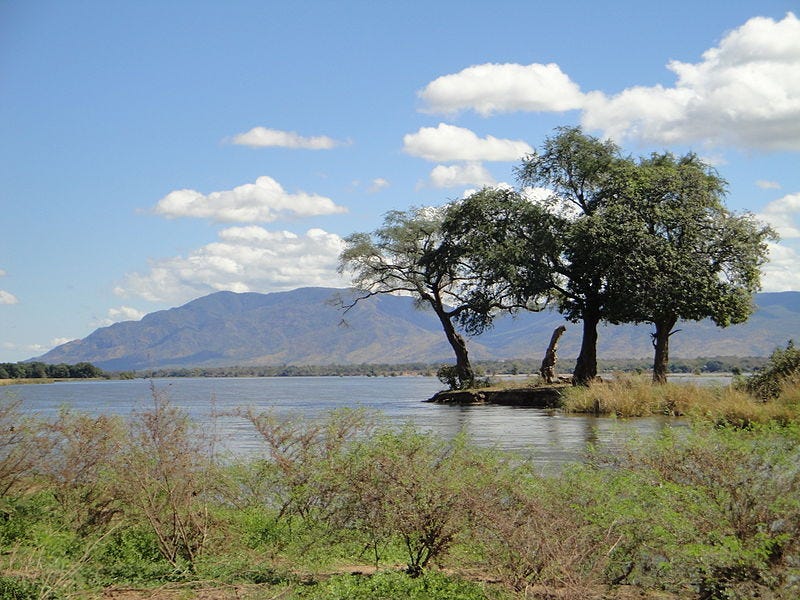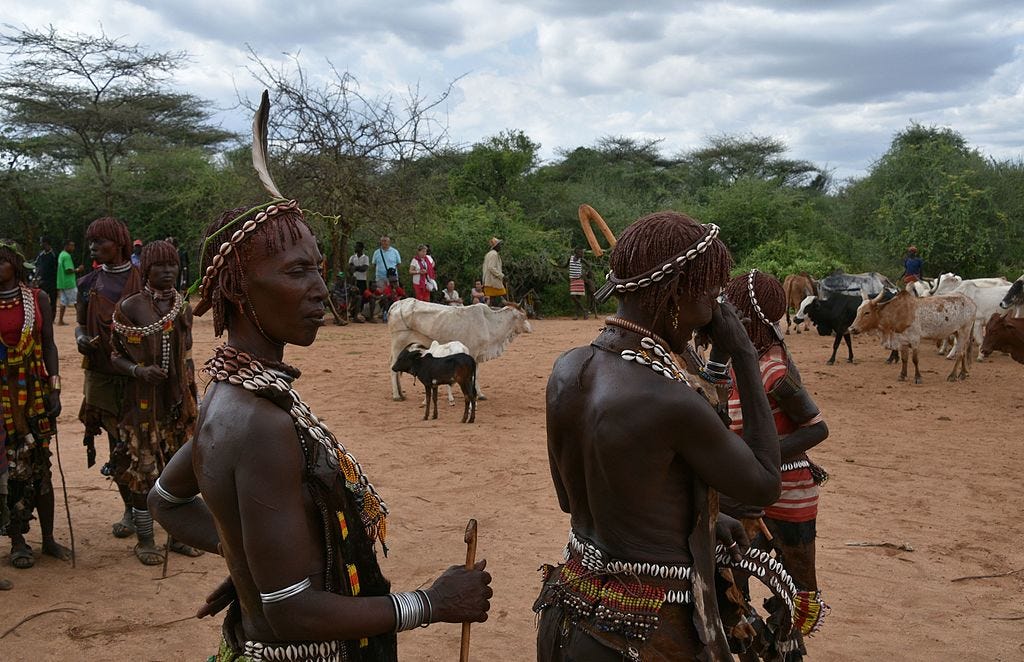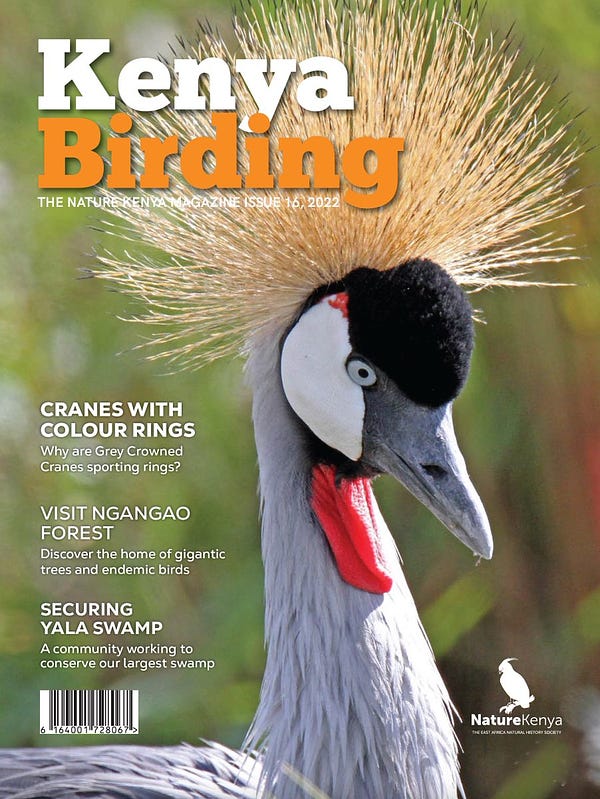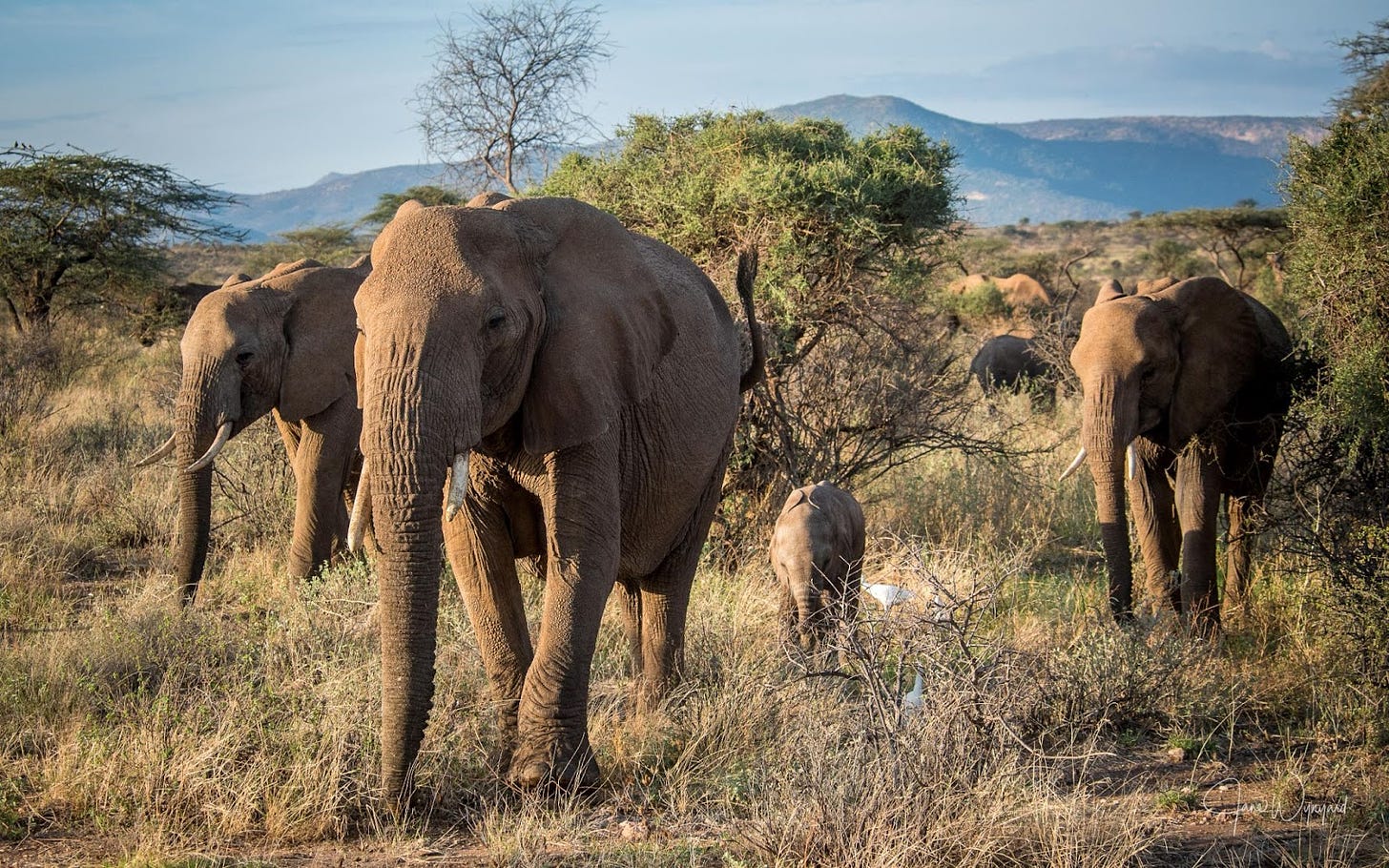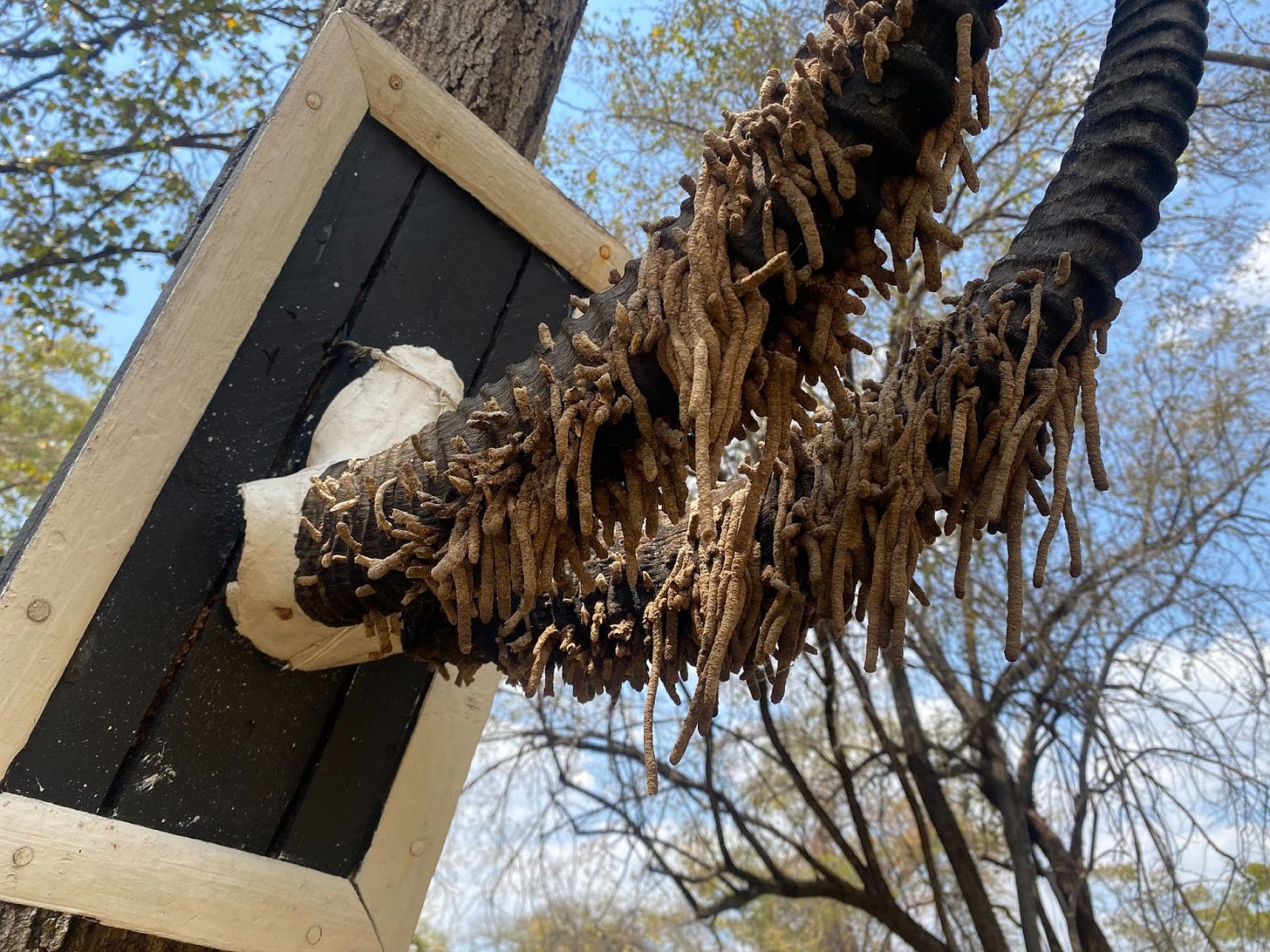Zimbabwe elephant translocation + Kenya drought + Medicinal plants threatened + Horn moth
Nearly 3,000 animals, including hundreds of elephants, to be moved across Zimbabwe
A total of 400 elephants are to be moved from Zimbabwe’s south-eastern Lowveld region to the 128,000-hectare (316,000-acre) private Sapi Safari area run by Great Plains Conservation in the northern Zambezi Valley, around 600 kilometres (372 miles) away.
More than 100 elephants and 180 impala have been moved since the exercise, known as Project Rewild Zambezi, was launched in July. Around 2,500 other species, including lions, wild dogs, buffalo and impala are to be moved along with the elephants.
The source of the wildlife is the Save Valley Conservancy, which GPC says is becoming overpopulated. “Our private Sapi Reserve is the ideal recipient of these animals,” the group says. It is working with other private players and the Zimbabwe government to undertake this massive translocation.
Not everyone is convinced that this is the right thing to do.
The Zambezi Society, a conservation group, says Sapi’s wildlife population doesn’t need bolstering, and that elephants that occur across the Zambezi Valley and Mana Pools, which is next door to Sapi, are known for their calm disposition.
“Elephants from Zimbabwe’s south-eastern lowveld areas are renowned to have a much more aggressive attitude,” the society says in a recent discussion paper.
“To introduce elephants into the Zambezi Valley from this particular source could put tourists and guides at some risk.”
Mana Pools National Park, next door to Sapi Safari Area, Pic credit: Babakathy, Wikimedia Commons
Ethiopian mountain range’s rich store of medicinal plants is under threat
Wild plants in Ethiopia’s Buska Mountain Range provide the local Hamar community, famed for their ivangadi dancing and bull-jumping ceremonies, with most of its medicinal needs.
A research team from the Ethiopian Biodiversity Institute and Addis Ababa University carried out a survey in the southern Hamar district and discovered 145 species of plant that are used to cure at least 72 human and livestock illnesses in the region.
But these plants are severely threatened. Trees, shrubs and herbs are coming under severe pressure from humans and their livestock. The main threat identified by the team was beekeeping, followed by agricultural expansion and overgrazing.
Local beekeepers fell trees or strip the bark off tree trunks to make log or bark beehives. Stripping the bark off trees starves them of moisture and nutrients, leading to their death.
The research team says conservation action is required as soon as possible to protect the region's plant biodiversity and its associated indigenous knowledge.
Hamar community members at bull-jumping ceremony, Pic credit: Richard Mortel, Wikimedia Commons
Kenya drought hits breeding site of endangered Clarke’s weaver
The Clarke’s Weaver, also known as the Kilifi Weaver, is an endangered species that is only known to breed in Kenya’s threatened Dakatcha Woodland, north of the coastal town of Malindi.
The birds weave rough ball-shaped nests from sedges that grow in seasonal wetlands.
The Clarke’ weaver was first described for science in 1913, but its breeding sites remained a mystery for a hundred years. Then, in March 2013, a team of conservationists stumbled upon a nesting colony in Dakatcha, which is in Kilifi County. Up to 500 nests were found concentrated in a small area of the tiny Arbamukenge wetland.
But with Kenya’s prolonged drought taking a terrible toll on the country’s human communities, as well as its livestock and wildlife, the Clarke’s Weaver is the latest animal that appears to be suffering.
Dakatcha’s wetlands are drying up, and the sedges the weavers use to make their nests are being flattened by cattle as they seek out the few bits of grazing left. There have been no sightings of the birds breeding at the large Bore Swamp since 2019, according to a report in the latest edition of Kenya Birding. Nor have any nests been spotted this year at the Gandi Swamp.
Dakatcha’s woodlands are already under severe threat from charcoal burning and slash-and-burn agriculture.
Iconic Kenyan elephant ‘Monsoon’ falls victim to drought
The devastating drought in Kenya has claimed the life of an iconic elephant. Her name was Monsoon. Veterinarians had to euthanise her on September 26 after she collapsed in the north of the country.
Conservation group Save the Elephants had found her collapsed on a number of occasions since August 31, and made several attempts to revive her. After consulting a vet, the group took the decision to end her suffering.
Monsoon, pictured below with members of her herd, lived for more than 60 years. She gave birth to seven calves over her lifetime, and survived being shot five times by poachers. Two of her calves were lost to poachers.
Monsoon was studied for 25 years by staff from Save the Elephants. Much to their bemusement she proved them wrong when she led her family up Koitogor, one of the biggest hills in Samburu National Reserve, in 2006. It was shortly after the team had published a scientific paper entitled, ‘Elephants Avoid Costly Mountaineering’.
In a statement to announce Monsoon’s death the conservation group said: “It’s often young calves and older elephants like Monsoon who succumb first during droughts like the one being experienced in Kenya at present. In the north, the drought is so severe that wild elephants are scrambling for food in a landscape that resembles a desert wasteland.”
Monsoon and members of her herd in Samburu, Kenya, Pic credit: Jane Wynyard, Save the Elephants
Last word: Horns bedecked with the homes of moth larvae
The horns pictured below belonged to a sable antelope. They were collected a long time ago from an animal that died in the wild, mounted on a wooden plaque, and hung on a tree trunk in the campsite of Umfurudzi National Park, northern Zimbabwe.
Last month, when I visited the park, I noticed that the horns appeared to have grown plaits. These were in fact the empty larval cases of the horn moth, a small species with golden forewings whose larvae feed on the keratin in horns.
Entomologists say their larvae have even been recorded on the horns of dead rhinos, back in the days when rhinos died from natural causes with their horns intact, and not at the hands of poachers.
In the past some naturalists claimed to have even seen the moth larvae attached to the horns of live antelopes, though their claims were discredited. These moths are part of nature’s clean-up crew, helping to recycle the horns of dead animals: diminutive vultures of the insect world.
Larval cases of the horn moth in Umfurudzi National Park, Pic credit: Ryan Truscott



